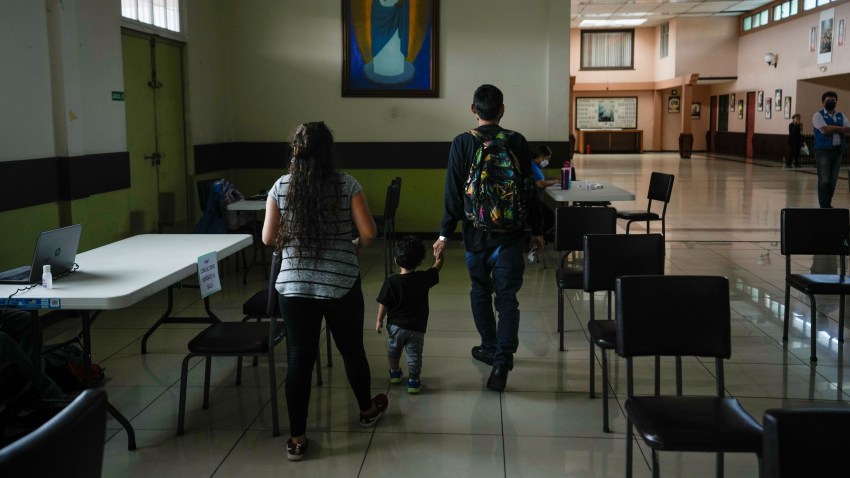While the exodus of millions of Venezuelans from their homeland to countries across the Western Hemisphere has attracted considerable attention in recent years, another equally significant and often overlooked migratory pattern in Central America has been taking place with less notice: Nicaraguans fleeing to Costa Rica. In the past five years, roughly 200,000 Nicaraguans have escaped deteriorating political and economic conditions in their country to seek refuge and asylum in Costa Rica.
As a stable democracy with one of the highest per capita income levels in the region, Costa Rica has long been an attractive destination for migrants, refugees and asylum-seekers. Until late last year, Costa Rica even offered work permits to new migrants upon their arrival. But a continued surge of migration to Costa Rica is unsustainable, given the economic, political and societal impacts it is having on the country.
According to data from the United Nations High Commissioner for Refugees, Costa Rica was the fourth-largest recipient of new individual asylum applications in 2021, at 108,400, behind Mexico, Germany and the United States. But when considered on a per capita measure, Costa Rica topped the list that year, with 20,921 asylum-seekers per 1 million people, compared to 1,781 for Germany, 1,019 for Mexico and 569 for the United States.

